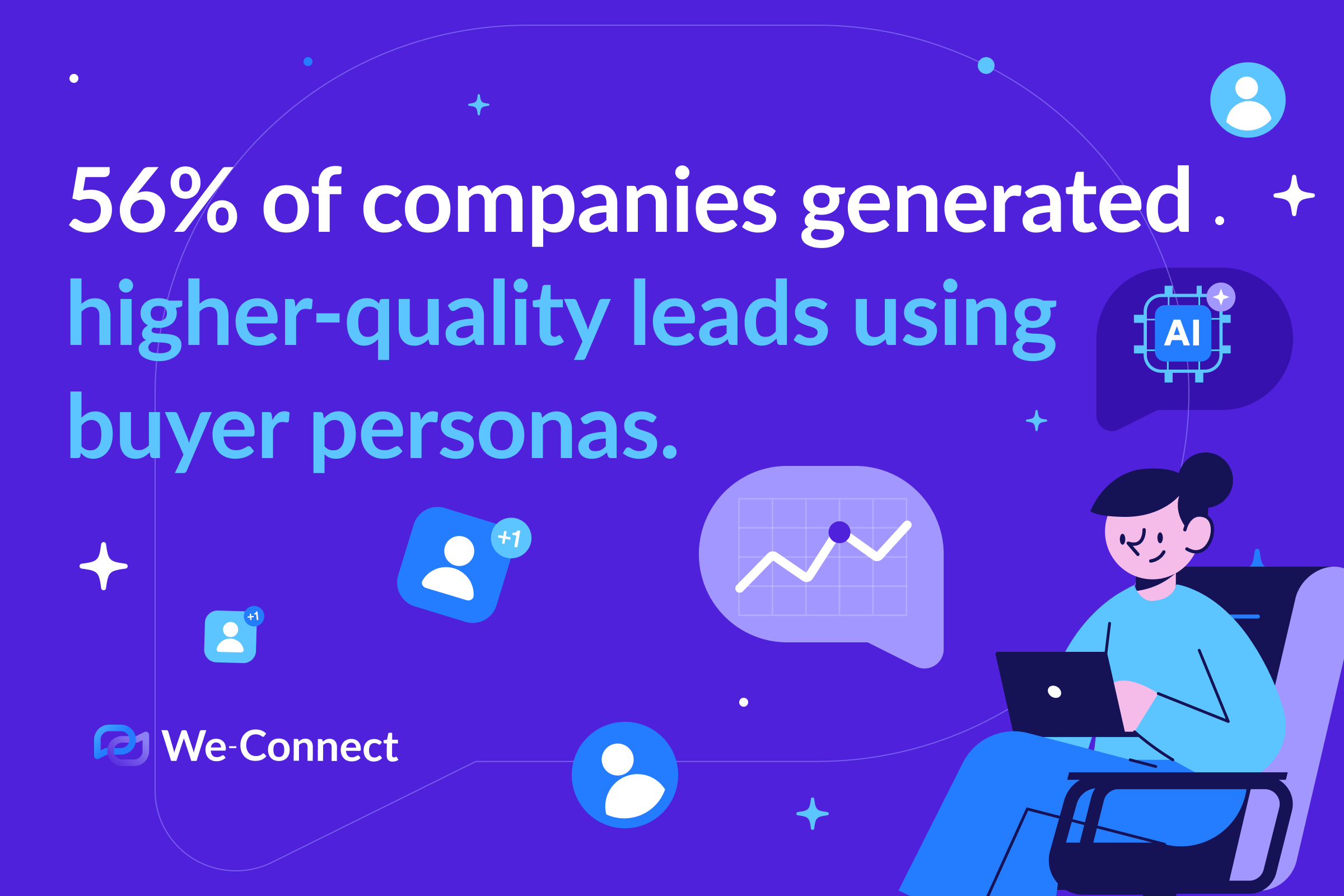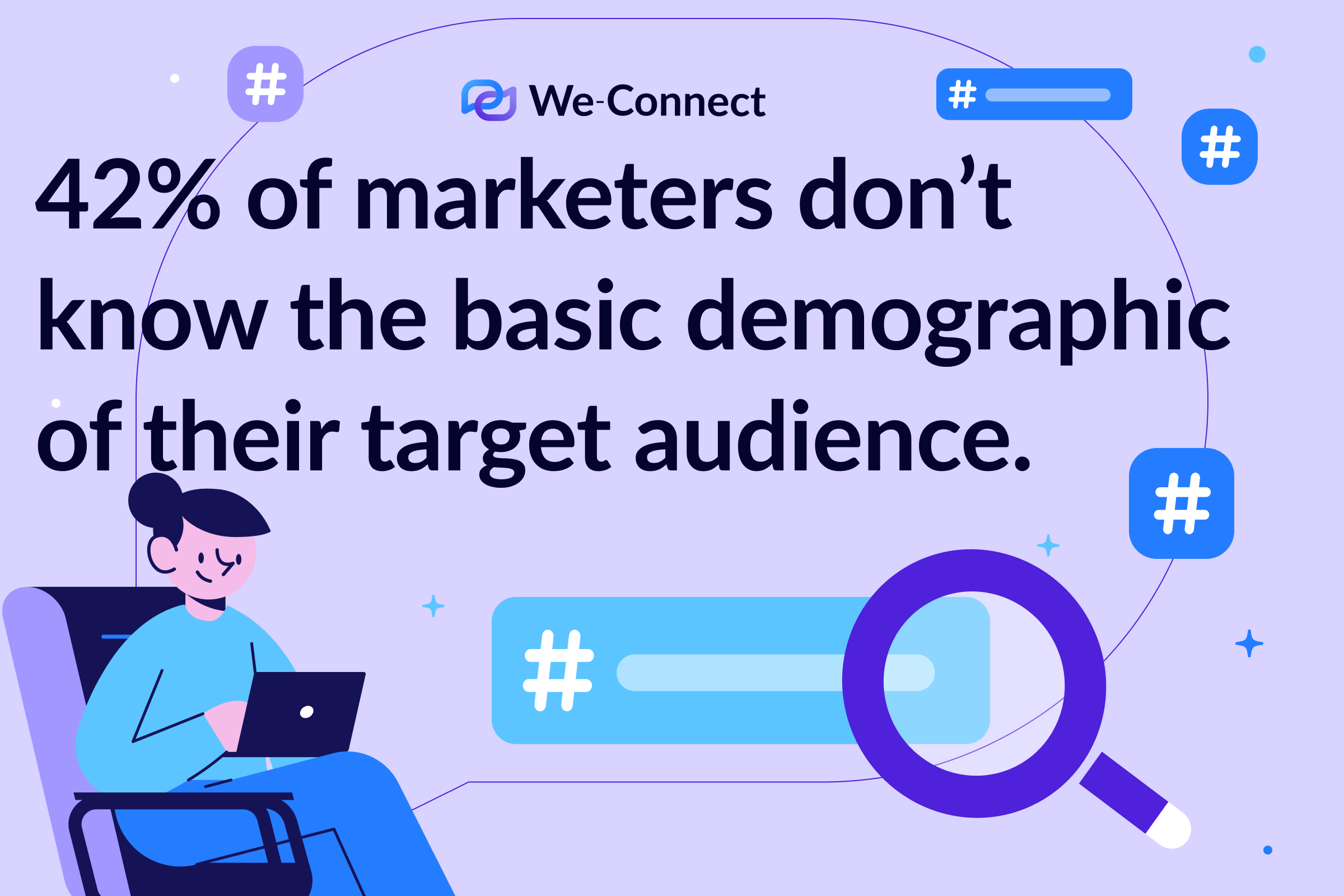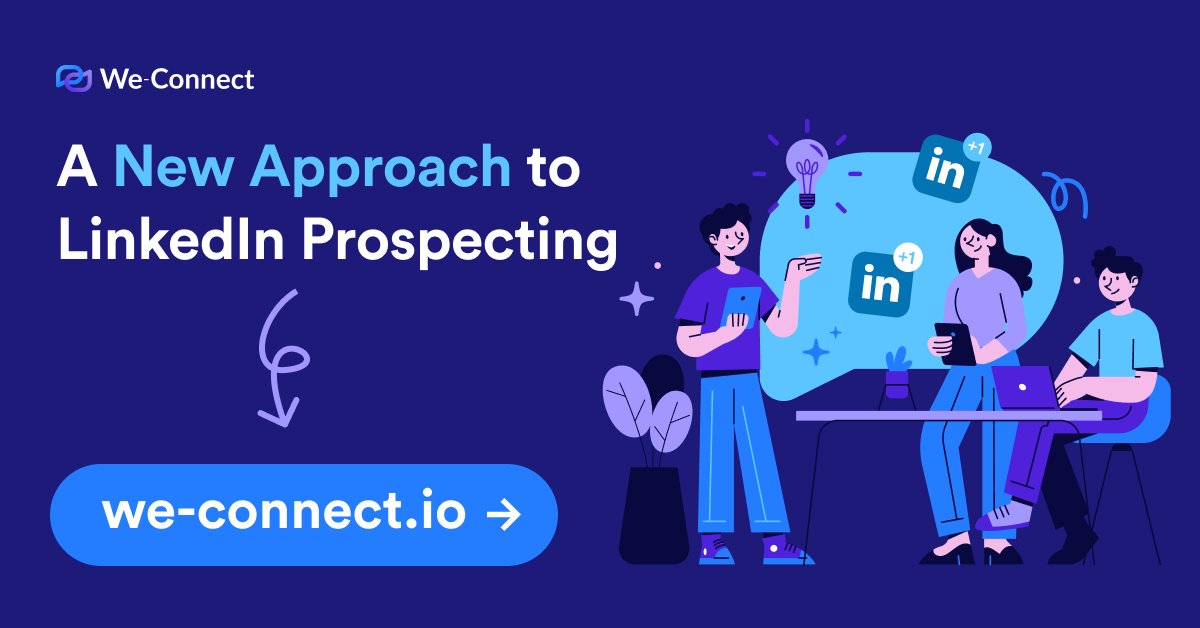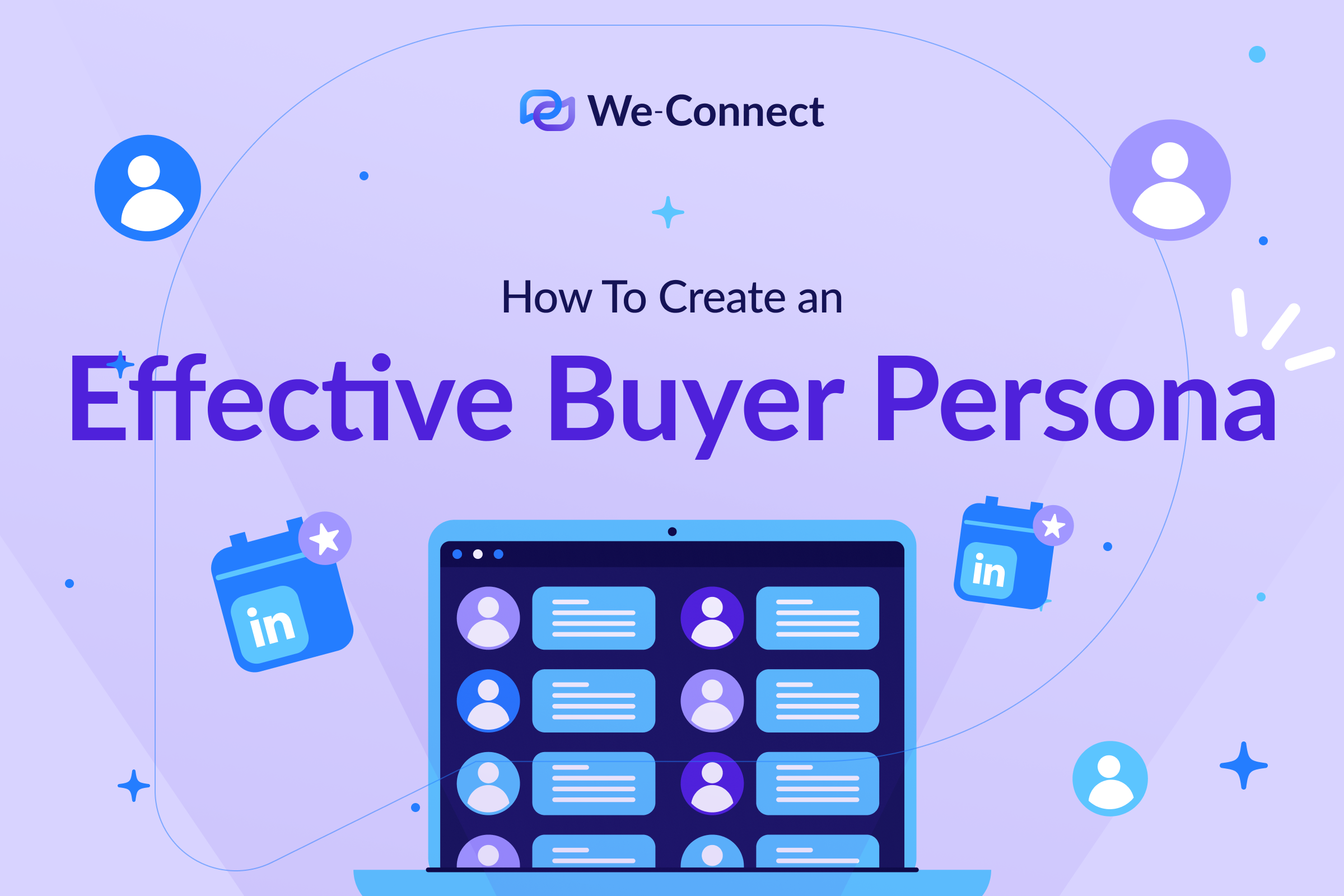If you don’t understand your target audience, your campaigns are going to fail. There, we said it. Luckily, there’s one powerful thing you can do to get a deep look into the motivations and pain points of your audience. And yes, we’re talking about buyer personas. In this article, we will delve into everything you need to know about buyer personas – so you can start finding more leads.
Table of Contents
What is a Buyer Persona?
A buyer persona is a fictional representation of your ideal customer. It is a detailed profile that covers the characteristics, traits, behaviors, and preferences of your target audience. This is one of these activities that are great for a marketing team offsite or sales team convention.
Buyer personas go beyond general demographics like age, gender, and location. In fact, they delve into psychographic factors such as interests, values, lifestyle choices, and motivations. This is where things get important – as understanding the psychographics of your target audience helps you gain insights into their needs.
Sure, we’re speaking about needs and wants, but how do you determine the general demographics of your audience? Find out here.

1. Collect the Data
To create accurate and impactful buyer personas, thorough research is crucial. In fact, we’d go as far as to say it’s the most important part of the process. Simply put, the more data you have, the easier it is to understand your audience. So, here’s how (and what) data we recommend collecting for a detailed buyer persona:
Gathering Demographic Information
You can find all the demographic info you need on your target audience through Google Analytics and social media insights. However, if you want a more detailed look, we recommend using marketing analytics tools. Here’s what you should look for:
- Age: Are your audience millennials, Gen X, or baby boomers? Knowing their age helps shape your messaging and communication style.
- Location: Location helps you tailor your marketing efforts to specific regions or adapt to cultural nuances.
You need to be segmenting if you’re running lead-gen, and demographics are a great segmentation. Learn how here.
Understanding Psychographic Factors
Psychographics takes things one step further. Now, you’ll look to see what your audience’s motivations are. Look at things like:
- Interests: What are their recreational pursuits? What topics, subjects, or influencers do they engage with?
- Values: Try and understand your audience’s environmental and social concerns. This understanding enables you to align your brand with their values.
- Lifestyle: Study the lifestyle choices and behaviors of your target audience. Are they health-conscious? Do they prioritize convenience? Understanding their lifestyle helps you position your products or services accordingly.
The better you understand psychographics, the easier you can market your product. Soon you’ll be turning LinkedIn posts into leads.
Analyzing Online Behavior
Third, you want to look at how your audience interacts with other products online:
- Social Media Usage: Determine which social media platforms your target audience frequents. Analyze their behavior on these platforms, such as the types of content they engage with and the influencers they follow.
- Content Preferences: What types of content resonate with your audience? Do they prefer blog posts, videos, podcasts, or infographics?
Conducting Surveys and Interviews
Finally, turn to your product manager friends and put yourself in their shoes. They’d probably tell you to start asking “why.”
So, the final step in learning about your audience is to conduct surveys and interviews. Ask open-ended questions to understand their pain points, challenges, and aspirations. This type of qualitative data provides valuable insights that quantitative data may not capture.

2. Organize the Data
Once you have gathered research data, it’s time to organize it. You should focus on two key areas: the pain points and challenges of your audience.
Additionally, we recommend breaking the data up based on how you found it. For example, you can break it up into four categories: demographics, psychographics, online behavior, and personal feedback.
You can use a buyer persona for all sorts of things… like cold-emailing!
3. Create Persona Profiles
With the research and insights in hand, it’s time to bring your buyer personas to life. Frankly, there’s one set process to do so, so whatever works for you is best. However, if you’re totally lost, here’s how we like to start:
- Consolidate your research findings into a set number of persona profiles. Give each persona a name and background that reflects their characteristics and motivations.
- Describe the demographics of each persona, including age, gender, location, education level, and occupation. This information helps you visualize and understand your target audience more deeply.
- Delve into the psychographics of your personas. Explore their interests, hobbies, values, attitudes, and behaviors. Try to understand their preferred communication styles and channels as well.
- Highlight the pain points, challenges, and goals specific to each persona. Doing so creates a clear picture of their unique needs and desires.
If this is a group event (or an offsite, as we mentioned above), then we recommend drawing photos as well.
Don’t Forget To Validate Your Personas
To ensure the accuracy and effectiveness of your personas, it’s important to validate them. All that means is you need to share the persona profiles with internal stakeholders, including marketing, sales, and executives. Then you’ll hear their feedback and insights. Feedback from leadership can provide valuable input for refining and improving the personas.
Additionally, compare your personas against real customer data. Analyze purchase patterns, engagement metrics, and customer feedback to verify the alignment of your personas with the reality of your customer base. Again, this helps you fine-tune those personas.

Conclusion
There’s certainly no guessing… Buyer personas are powerful tools.
They help you effectively understand your target audience with incredible empathy.
But what do you do once you have the persona? Well, you need to use it in your marketing.
Learn how you can use We-Connect to multiply your lead-gen here.
